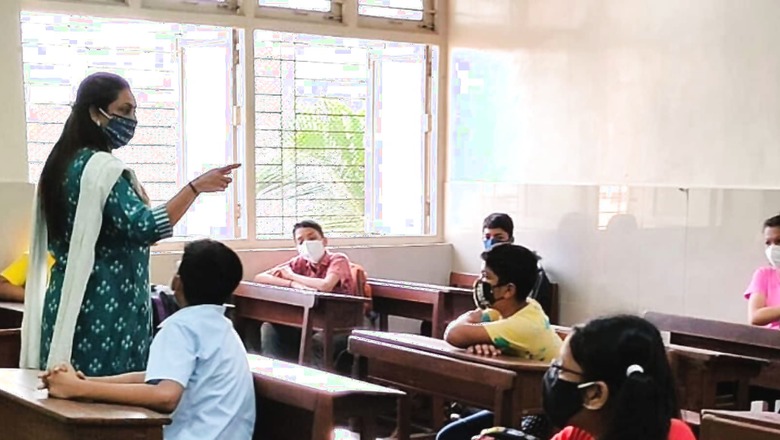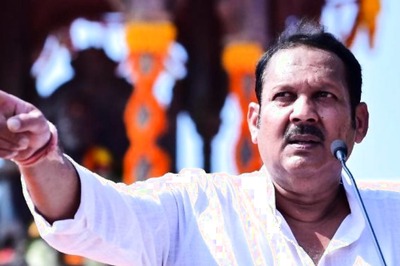
views
Nineteen months after the COVID-19 pandemic forced school closures worldwide, only half of the schools across the globe have resumed classroom teaching and learning while around 34 per cent schools are relying on mixed or hybrid instruction mode, according to the COVID-19 Global Education Recovery Tracker. The tracker has been jointly created by Johns Hopkins University, the World Bank, and UNICEF to assist countries’ decision-making by tracking reopening and COVID-19 recovery planning efforts in more than 200 countries.
According to the tracked data, 80 per cent of schools worldwide are in regular session. Out of those, 54 per cent are back to in-person instruction, 34 per cent are relying on mixed or hybrid instruction while 10 per cent continue remote instruction and 2 per cent offer no instruction at all. While the tracker noted that only 53 per cent of countries are prioritising vaccinating teachers, the World Bank has recommended that countries should no longer wait to get their population or school staff fully vaccinated before reopening schools.
“To promote education recovery, teachers should be prioritized for vaccination where possible, while recognising that there are ways to reopen safely without vaccination through adequate safety measures,” said a report by the World Bank’s Education team.
“Given that schools that have reopened around the world have been able to effectively curtail transmission within schools with simple and relatively cheap infection control strategies like masking, ventilation, and physical distancing, and considering that widespread vaccination coverage in most countries is not expected for many months, keeping schools closed until all staff can be vaccinated results in very little benefit in terms of reduced risk of transmission but potentially generates substantial costs for children,” it said. The World Bank has been advocating reopening of schools and evaluating the risks associated with further prolonged closures of schools across the globe.
“In countries where there were fewer than 36 to 44 new COVID-19 hospitalisations per 1 lakh population per week before reopening, school reopenings did not increase COVID-19 hospitalisations, even up to six weeks afterwards. In countries with higher hospitalisation rates prior to school reopenings, study results were inconclusive on whether reopenings generated an increase in COVID-related hospitalisations. ”Another study exploited differences in start and end dates for summer and fall holidays across Germany and found that neither summer nor fall closures had any meaningful containing effect on the transmission of the virus among children or any significant spill-over effect on adults.
“Similarly, other studies support the argument that transmission in schools usually follows trends in community transmission, rather than preceding or increasing them,” it added. Last year, the COVID-19 pandemic led to a global shutdown of schools in more than 188 countries, leaving 1.6 billion children — 75 per cent of enrolled students — out of school. “As the COVID-19 pandemic spread within and across countries at the start of 2020, we knew very little about the virus: how it spread, who would be most affected, and how to treat it. To protect children and slow disease transmission, most governments reacted by closing schools.
“One year later, we know much more about both the virus and the disease and how to mitigate transmission and health authorities like the WHO recommend school closures only as a last resort,” it said. Citing evidence about low transmission of COVID-19 among children, the World Bank said data from population surveillance studies and contact tracing studies suggest that in comparison to adults and adolescents, young children, particularly those under the age of 10, are considerably less susceptible to contracting COVID-19 and much less likely to transmit the disease. “Among children who do get COVID-19, severe illness and death are rare and most commonly occur among children with other underlying illnesses,” it said.
Read all the Latest News , Breaking News and IPL 2022 Live Updates here.




















Comments
0 comment